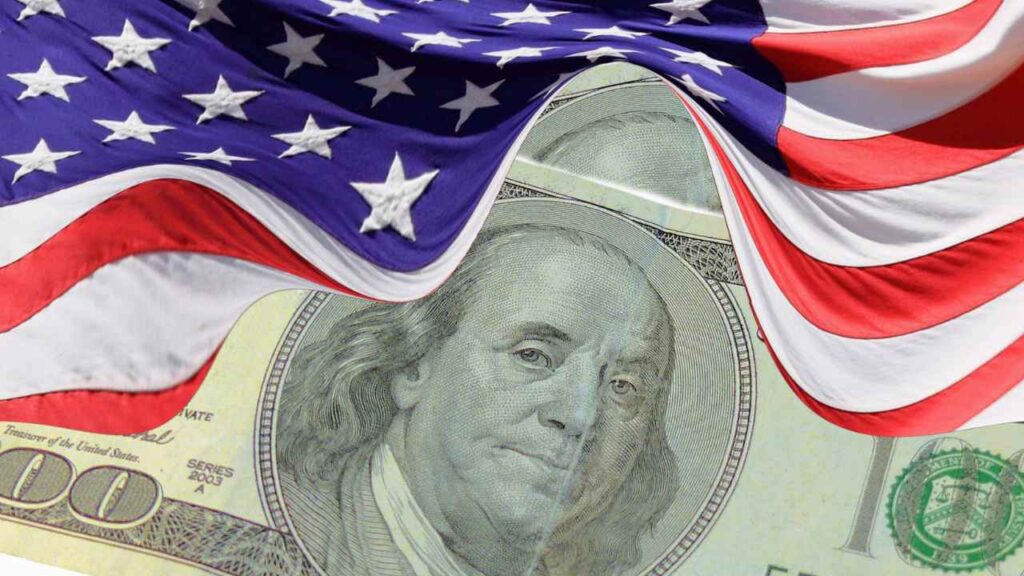August 2025 is coming with a noteworthy change in the Supplemental Security Income (SSI) payment schedule. Here’s the thing: SSI beneficiaries will receive two disbursements instead of the usual single monthly payment. It’s not “extra money”, or a 13th payment, but, instead, it’s a quirkiness from the Social Security calendar.
This situation stems directly from the fact that September 1, 2025, the date set for the September payment, falls on the federal Labor Day holiday. Given this circumstance, the Social Security Administration (SSA) is required by law to advance the September payment.
August 2025 dates for SSI recipients
Now, if you noticed by now, there will be dual payments in August, and no payment at all in September. The first payment will occur on Friday, August 1. Subsequently, on Friday, August 29, SSI beneficiaries will receive a second payment. This second disbursement is the advance payment covering the September benefit.
It is important to understand that receiving two payments within the month of August does not constitute an additional benefit for those who qualify. This circumstance is solely the result of an administrative calendar adjustment implemented by the SSA to prevent SSI beneficiaries from having to wait until after the holiday to access their September funds.
Maximum federal SSI amounts for 2025
SSI payment amounts are subject to annual reviews based on the Consumer Price Index for Urban Wage Earners and consumer price index (CPI-W), known as the cost-of-living adjustment (COLA). For fiscal year 2025, the maximum federal SSI payments have been set at the following figures:
- Eligible individual: $967 per month.
- Eligible couple: $1,450 per month.
- Essential Person: $484 per month. This amount applies to individuals who reside with an SSI beneficiary and provide essential care.
These federal maximum amounts may be increased in certain states that choose to offer additional state supplements to the base federal benefit 4. However, it is equally likely that the actual amount received by an SSI beneficiary will be less than the federal maximum due to the application of various reductions. Factors that commonly reduce the monthly SSI benefit include:
Beneficiary Income: For every $2 of income earned (excluding the first $20 per month and $65 of earned income plus half of the remainder), approximately $1 is reduced from the federal SSI benefit 13.
Income of family members living together: When an SSI beneficiary, especially a minor, lives with relatives, the income of these relatives may be considered in calculating the benefit, reducing it by 13.
Housing Situation and Living Arrangements: Receiving free or reduced-cost housing and/or meals may lower your SSI 12 amount.
Available Resources: Continued eligibility for SSI requires that a beneficiary’s countable resources not exceed certain limits. These limits are $2,000 for individuals and $3,000 for couples.
Other months with SSI payment changes
The advance of the September payment to August 29, 2025, is not an isolated event. It responds to a standard SSA policy that is triggered when the regular SSI payment date (the first day of each month) falls on a Saturday, Sunday, or federal holiday. In those cases, the payment is issued the previous business day. This same pattern of advance payments will occur in other months during 2025:
- May 2025: Payments on May 1 (May benefit) and May 30 (June early benefit).
- October 2025: Payments on October 1 (October benefit) and October 31 (November early benefit).
- December 2025: Regular payment on December 1 and advance payment for January 2026 on December 31.
There are three ways to claim your SSI benefits:
Direct deposit into a bank account: This method is promoted as the fastest, safest, and most convenient. Then, there’s the Direct Express debit card: An alternative available for SSI beneficiaries who do not have or prefer not to use a traditional bank account. Finally, the classic paper check: While still an option, the SSA is actively encouraging the move to direct deposit or the Direct Express card, so this method is currently being phased out.
